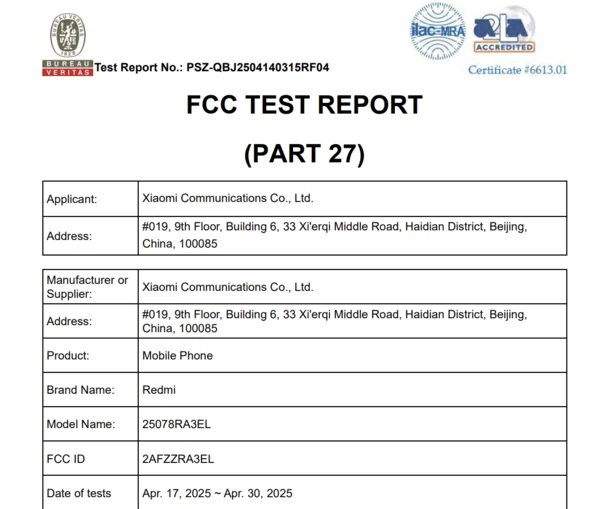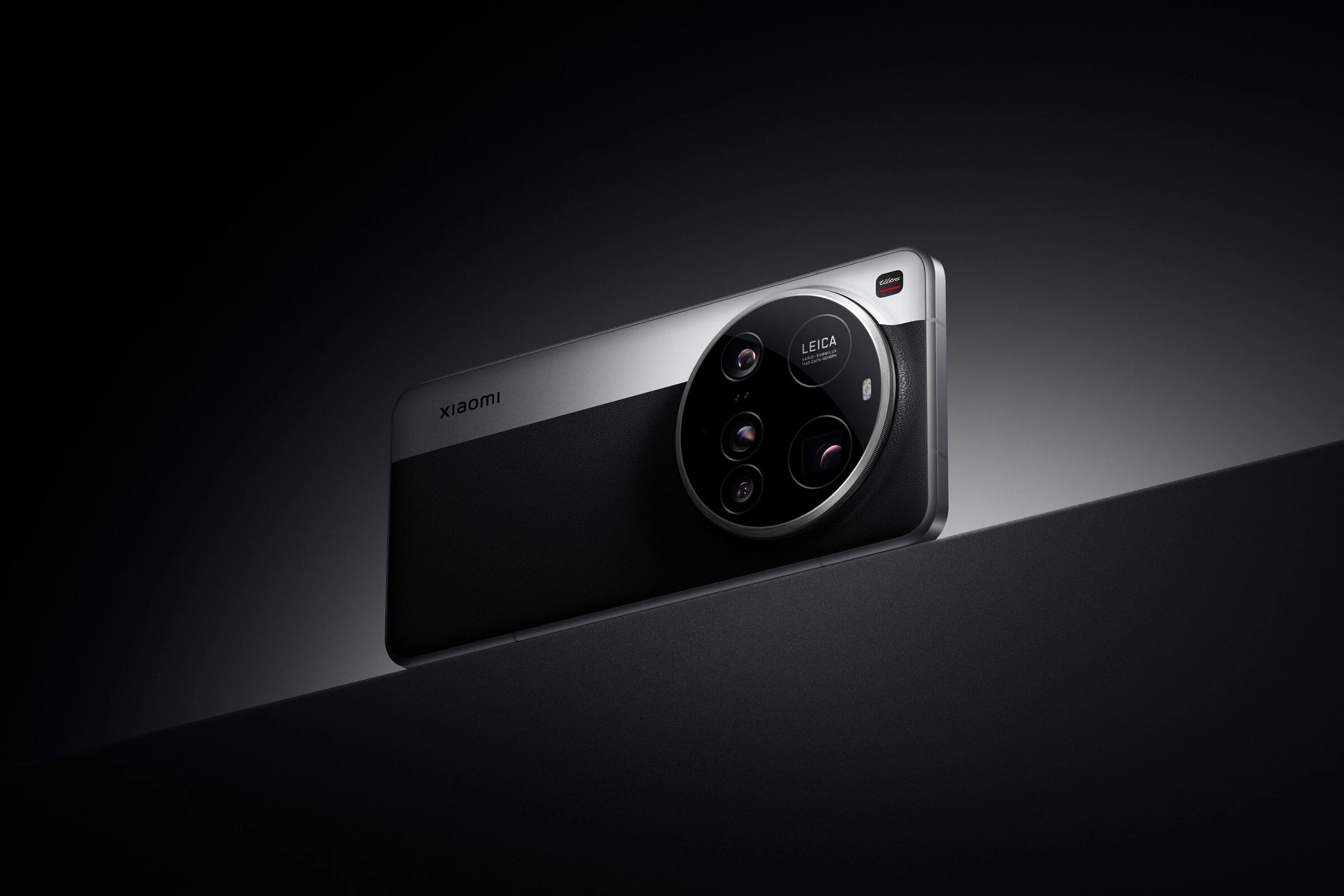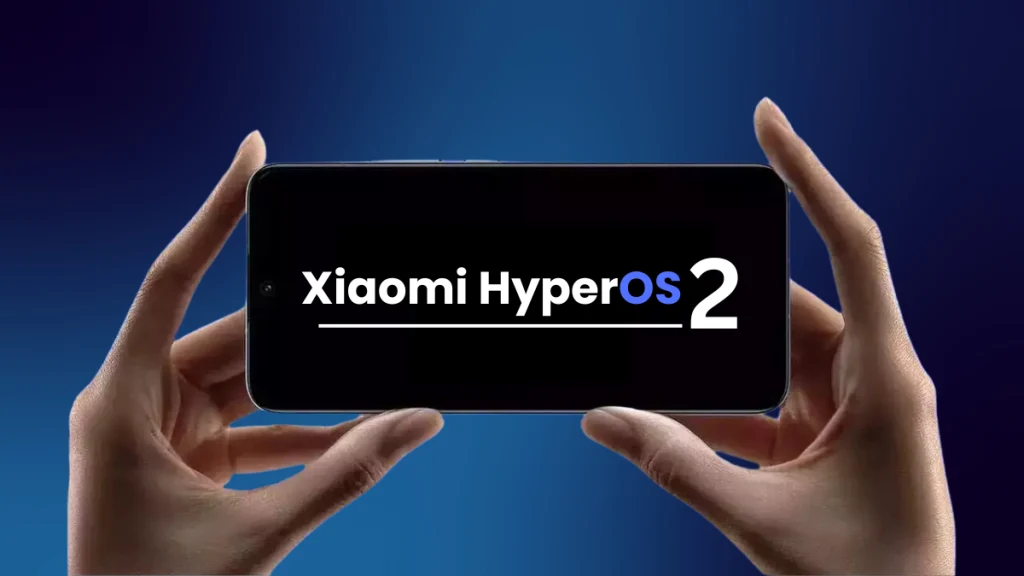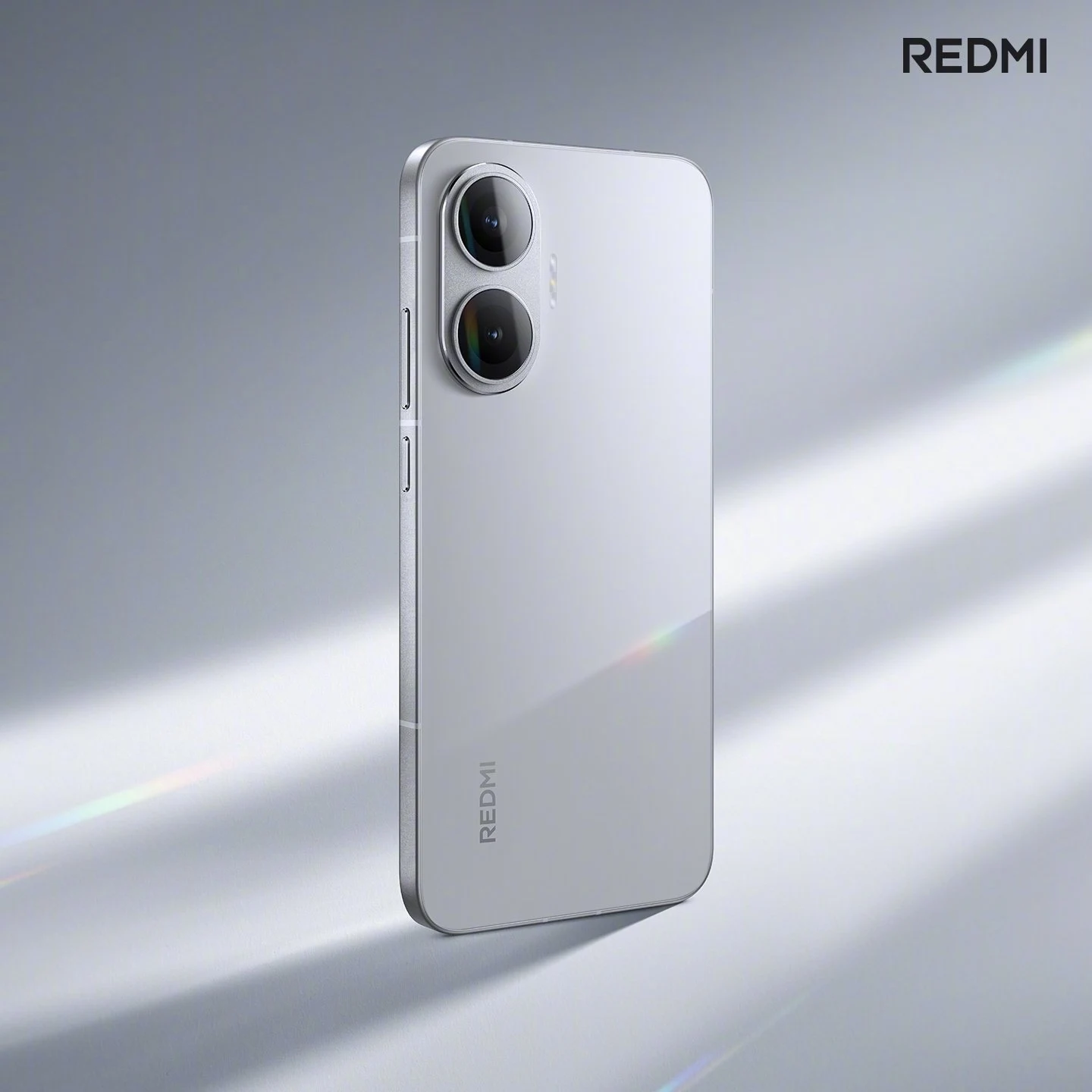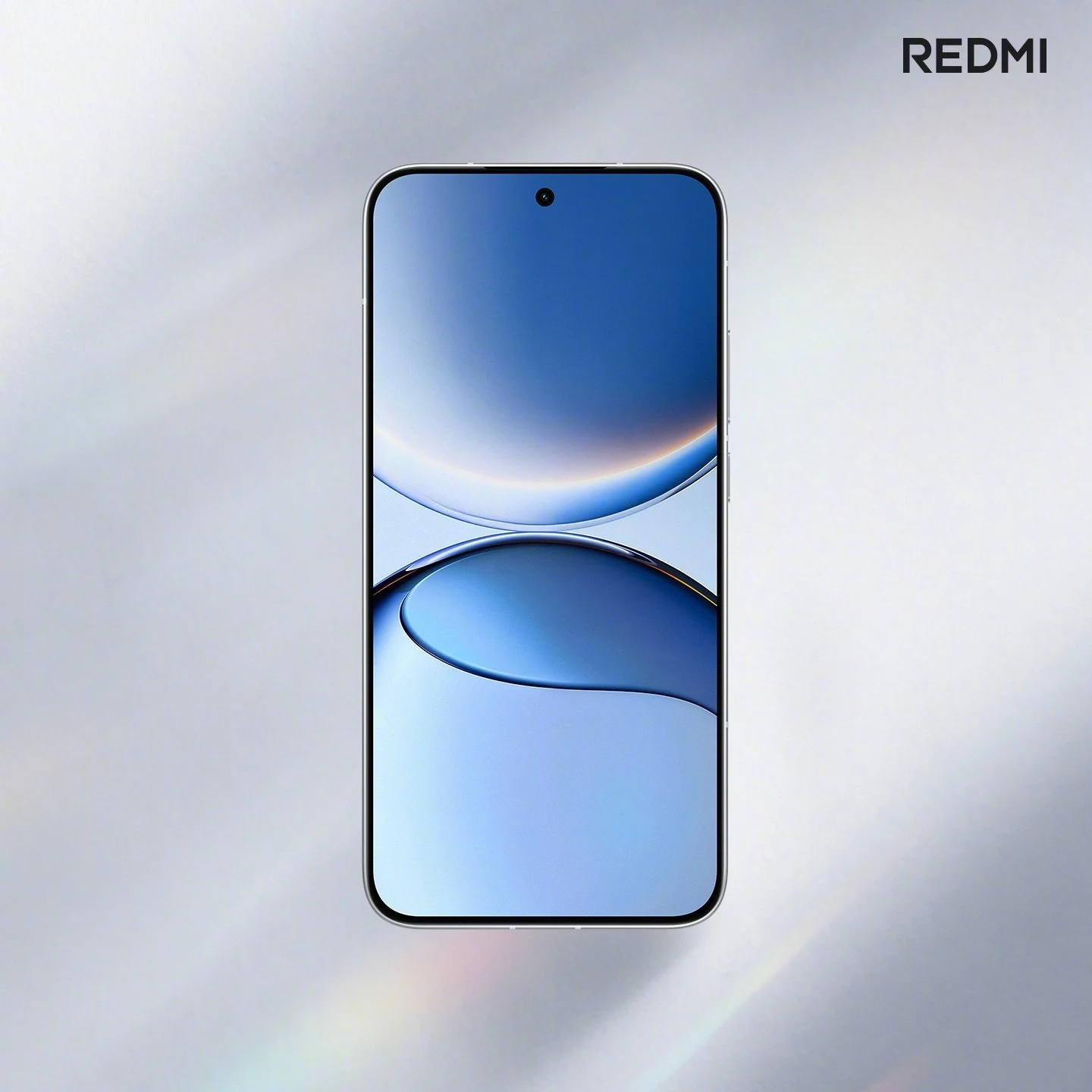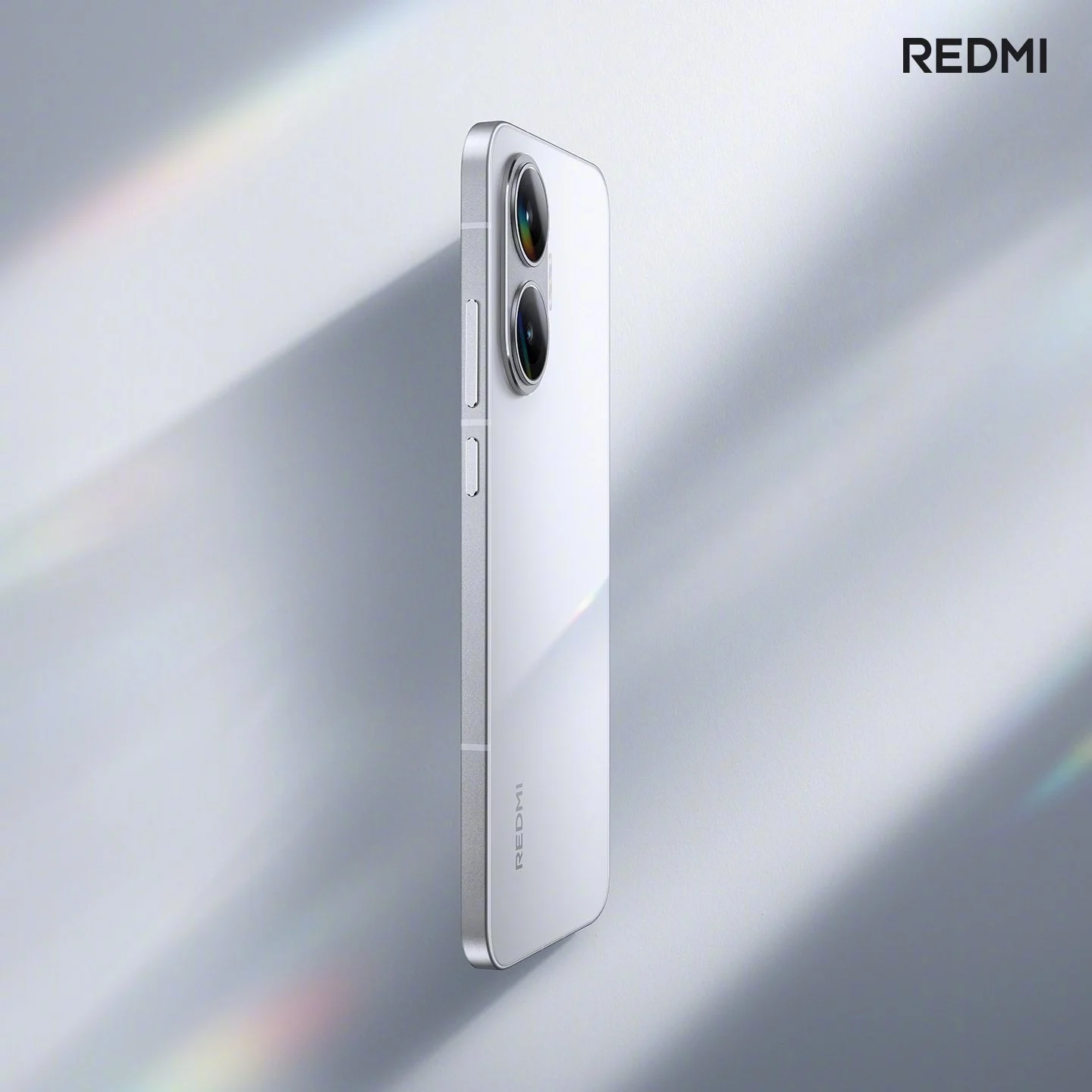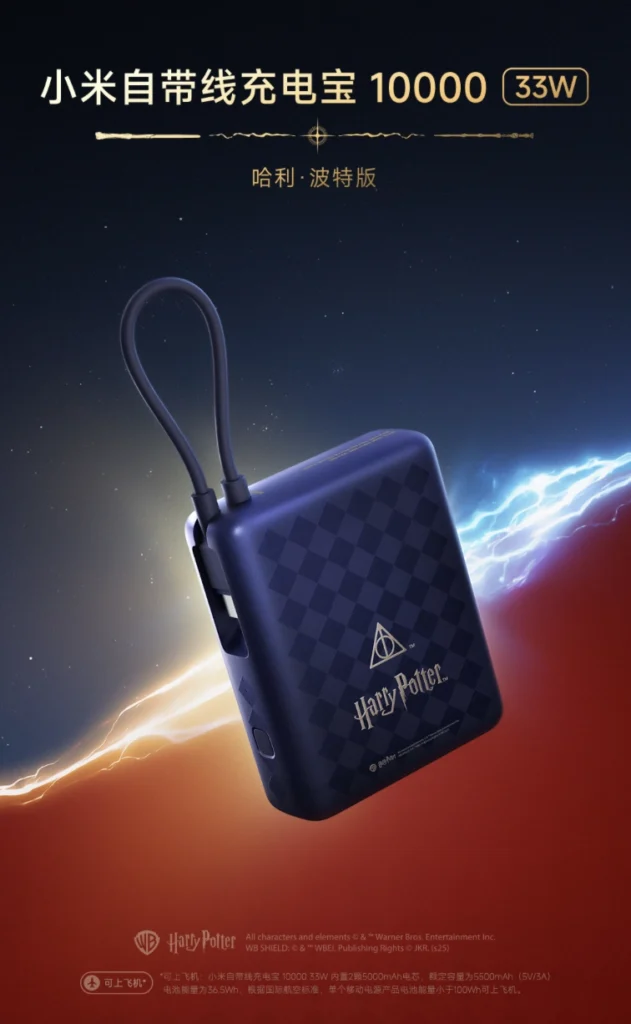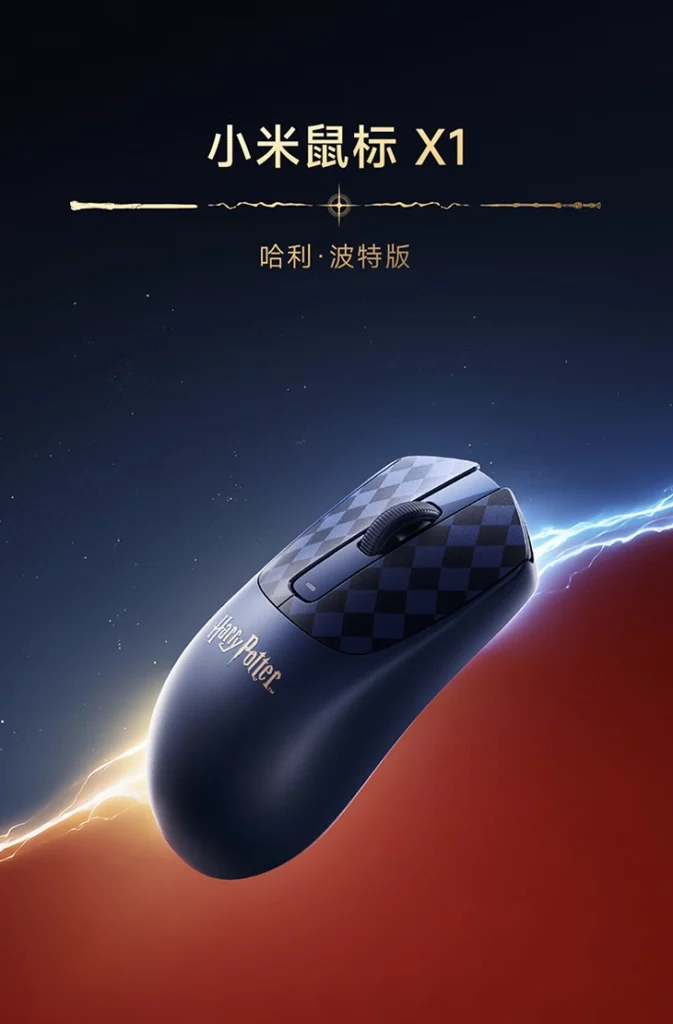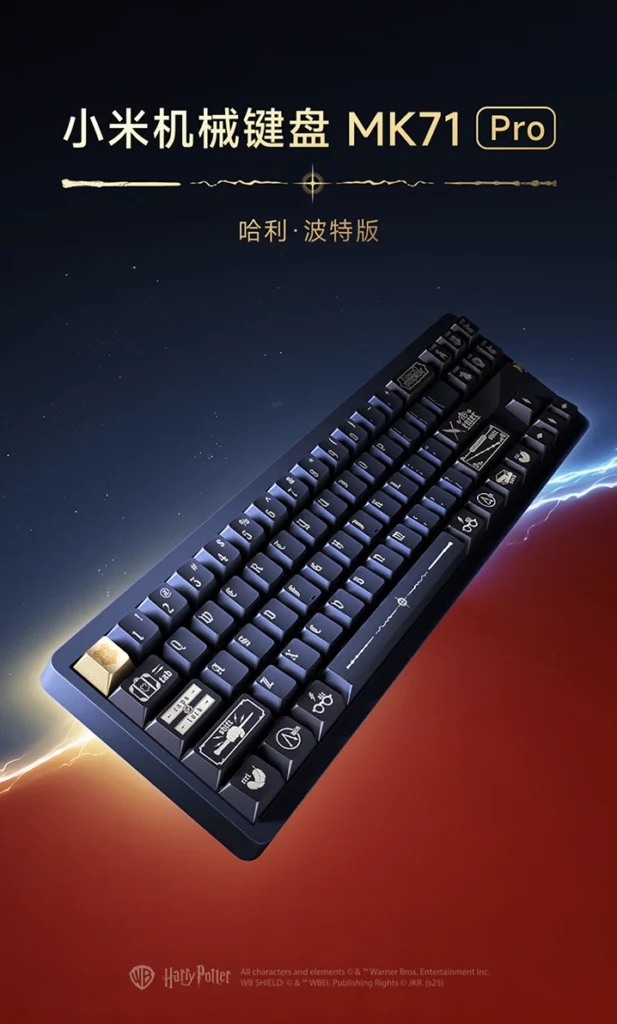Key Takeaways
1. Redmi is developing a smartphone with a battery capacity between 8,500 to 9,000 mAh, potentially the largest in any smartphone to date.
2. This new battery will outperform competitors like the Samsung Galaxy F62 and Tecno Pova Neo 3, which have 7,000 mAh batteries.
3. The battery technology is developed in-house and focuses on maximizing capacity while ensuring durability and longevity.
4. Silicon-carbon battery technology enables higher energy density (400-500 Wh/kg), improving efficiency and safety compared to traditional graphite batteries.
5. Redmi aims to keep the phone’s thickness to 8.5 mm despite the large battery size, maintaining a sleek design.
Redmi is said to be working on a new smartphone that features a huge battery ranging from 8,500 to 9,000 mAh, according to Digital Chat Station. This would make the battery size comparable to that of many power banks that were popular just a few years ago. If this phone is released, it will likely be the first smartphone to have a battery of this size. Recently, Redmi introduced the Redmi Turbo 4 Pro, which includes a substantial 7,550 mAh battery, making it the largest battery currently available in any consumer smartphone.
Competing with Other Models
This new battery surpasses competitors like the Samsung Galaxy F62, Galaxy M63, Galaxy F63, and Tecno Pova Neo 3, all of which have 7,000 mAh battery capacities. These models are among the largest battery options available in mainstream smartphones for everyday use. As per the information from Digital Chat Station, Redmi has already finished internal testing for the upcoming phone, which is anticipated to feature a battery rated between 8,500 and 9,000 mAh.
Innovative Battery Development
The source also shared that the battery has been created using technology developed in-house. The goal is to maximize capacity without sacrificing the battery’s cycle life. Although the project is still in progress, initial findings indicate that the experiment has been quite successful. Engineers are currently fine-tuning the technology to ensure that the battery can be as large as possible while still guaranteeing durability over time.
Advancements in Battery Technology
The ability to create larger batteries is becoming a reality thanks to the use of silicon-carbon battery technology. This innovative approach has shown to provide much higher energy density and improved efficiency when compared to conventional graphite batteries. For example, as noted by Croma.com, Lithium-Ion batteries typically have an energy density between 250-300 Wh/kg, whereas Silicon Carbon batteries can achieve an impressive 400-500 Wh/kg.
Safety and Efficiency
The enhanced energy density of silicon-carbon batteries can be linked to their superior ability to store lithium. They are also deemed safer, as their design helps prevent the accumulation of lithium deposits, which is a frequent cause of short-circuits. Additionally, silicon-carbon batteries are regarded as safe during charging. This new technology has already led to the development of smartphones with batteries as large as 7,000 mAh, and efforts are ongoing to further increase battery capacity in the near future.
Maintaining a Sleek Design
At the same time, Redmi is eager to ensure that the new phone does not become excessively thick due to the larger battery. The tipster noted that the thickness of the phone will be limited to 8.5 mm, even with an 8,500 mAh or larger battery. For reference, the Redmi Turbo 4 Pro has a thickness of 7.98 mm, while the Galaxy S25 Ultra measures 8.2 mm but only contains a smaller 5,000 mAh battery.
Source:
Link










